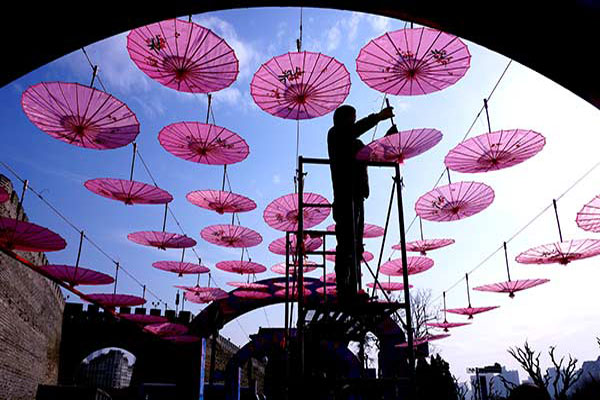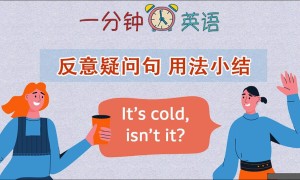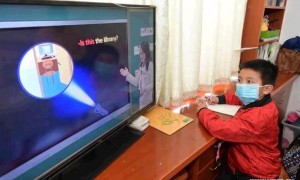|
A worker hangs ornaments at the Ming Dynasty City Wall Ruins Park under a blue sky in Beijing in March, 2017. LIU PING/CHINA DAILY
|
China has pledged to cut PM2.5 concentration by at least 15 percent year-on-year in 28 northern cities from October to March to meet smog reduction targets, the top environmental authority said.
A new Beijing-Tianjin-Hebei regional environmental protection bureau will be set up and will begin a trial operation by the end of September to facilitate joint controls, it added.
The Ministry of Environmental Protection released a 143-page action plan on its website on Thursday night, listing detailed targets, controlling measures and punishments. The action plan covers Beijing, Tianjin and 26 other cities in the smog-plagued provinces of Hebei, Shandong, Henan and Shanxi.
Among the 28 cities, Beijing, Tianjin and Shijiazhuang, Hebei province, will have to meet higher targets. The three cities must cut PM2.5 concentration by 25 percent year-on-year between October and March, and the number of days with severe air pollution are to be cut by 20 percent.
The plan also sets various reduction targets for the rest of the 28 cities based on their current pollution level.
PM2.5, hazardous fine particulate matter with diameter of less than 2.5 microns, has been a major index to measure air pollution in China.
The central government required the Beijing-Tianjin-Hebei region, by the end of 2017, to lower the regional concentration of PM2.5 by 25 percent compared with the 2012 level, and Beijing must lower it to 60 micrograms per cubic meter.
Liu Youbin, an official with the ministry's Publicity Department, said that since 2013, the region has managed to reduce air pollution significantly, but the frequent severe smog in January and February this year has hindered achievement of the 2017 air quality targets.
The concentration of PM2.5 in the first two months of the year increased in these cities, the first time in the past four years.
"It showed that the controls of PM2.5 in autumn and winter are critical to decide whether we can achieve the 2017 targets or not," the action plan says.
Under such pressure, the ministry has issued a package of strict controlling measures, from pollution monitoring and industrial production restrictions to punishment of polluters and government officials who are remiss.
Xie Hongxing, director of the Clean Air Alliance of China, a nonprofit environmental organization, said the control measures adopted in the action plan are "stronger than before".
According to the action plan, all the 327 counties in the 28 cities are required to establish auto-monitoring stations and release data to the public for monitoring. Heavy industries will face tougher production restrictions than ever before.
Some industries producing construction materials like cement, bricks, pottery and plaster tablet will be suspended from production in the heating season, starting in mid-November, and iron production will be halved in Shijiazhuang, Tangshan and Handan, Hebei province, the major domestic iron-making cluster.
Additionally, coal consumption in Beijing, Tianjin and Hebei will be cut by 11.2 million metric tons this year, and 3 million households in the 28 cities will use electricity or gas for heating in the coming winter.
The new regional environmental bureau will establish unified plans, issue unified standards and environmental impact assessments and conduct monitoring and law enforcement, the plan says.








